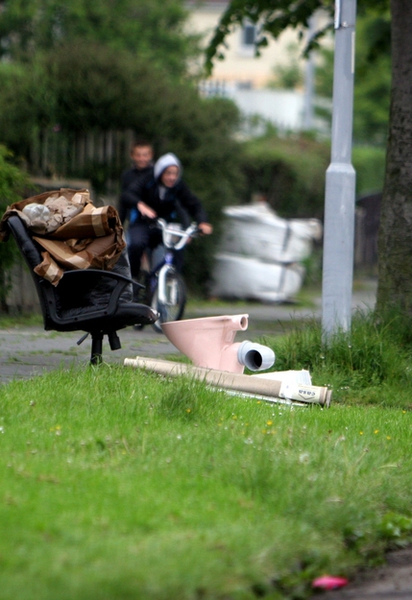You are viewing 1 of your 1 free articles
Welsh landlords make advances on Housing Quality Standard compliance
Numbers of social homes meeting the Welsh Government’s Housing Quality Standard have reached record levels, despite a slight reduction in the number of fully compliant housing association units.
Official figures released today show 86% of social homes in Wales were compliant with the Welsh Housing Quality Standard (WHQS) at the end of 2016/17 – an increase of 7% on the previous year.
It is the fifth consecutive yearly increase in levels of social homes meeting the standard since the Welsh Government began compiling data in 2011/12, when just 41% were compliant.
The WHQS was introduced in 2002 in an attempt to ensure all homes are good quality and meet the needs of residents.
The Welsh Government has set a target for all social landlords to meet the standard by 2020 and invests £108m a year to help them achieve the goal.
Councils continue to lag behind housing associations, with 34% of their stock non-compliant. However, the number of compliant local authority homes increased 12% over the year.
Housing associations have achieved almost total compliance with 99% of stock meeting the standard, up from 96% at the end of 2015/16.
But the number of fully compliant housing association homes, not including those passing as “acceptable fails”, actually fell from 72% to 70% – the first decrease since the Welsh Government began compiling the data.
Homes pass the WHQS as acceptable fails in situations where it is not possible for the landlord to meet all criteria, such as when tenants refuse works or improvements cannot be carried out due to physical constraints or a lack of cost effectiveness.
According to the data report, compliance levels could have fallen due to improving data causing landlords to revise estimates, or because stock is deteriorating faster than planned improvement programmes are progressing.
Matt Dicks, director of the Chartered Institute of Housing Cymru, said the numbers were “very encouraging”.
He added: “Implementing the standard is playing a pivotal role in increasing the quality of social housing stock across Wales. In turn, [this is] increasing the fuel efficiency, safety and amenities within properties.”









